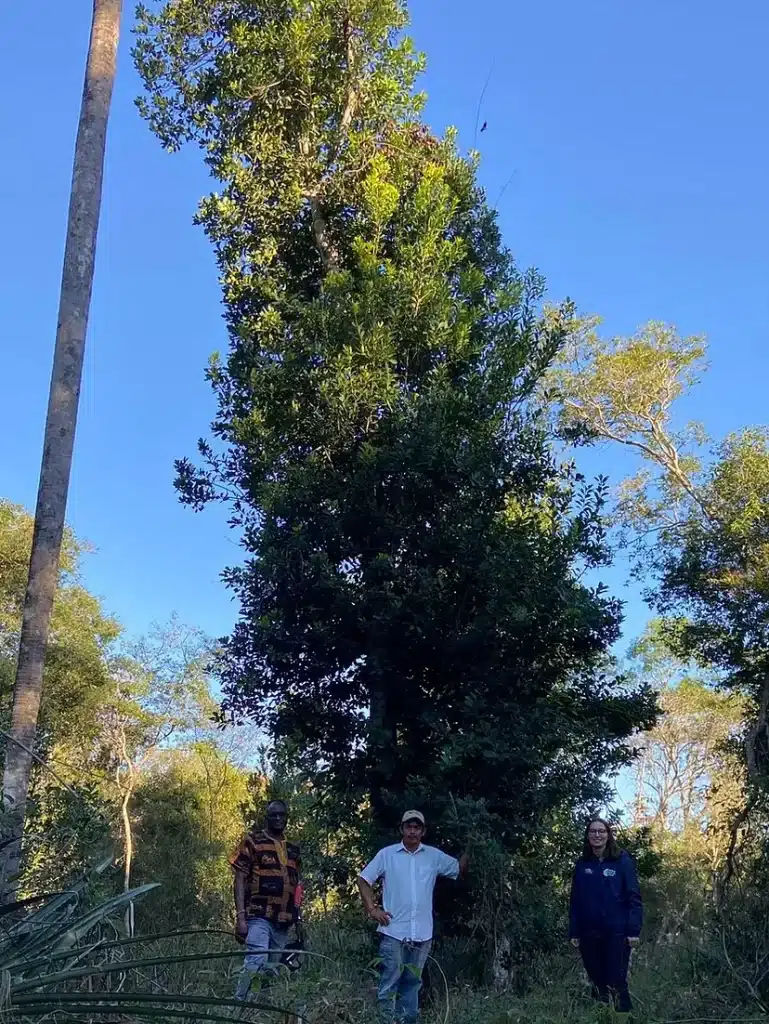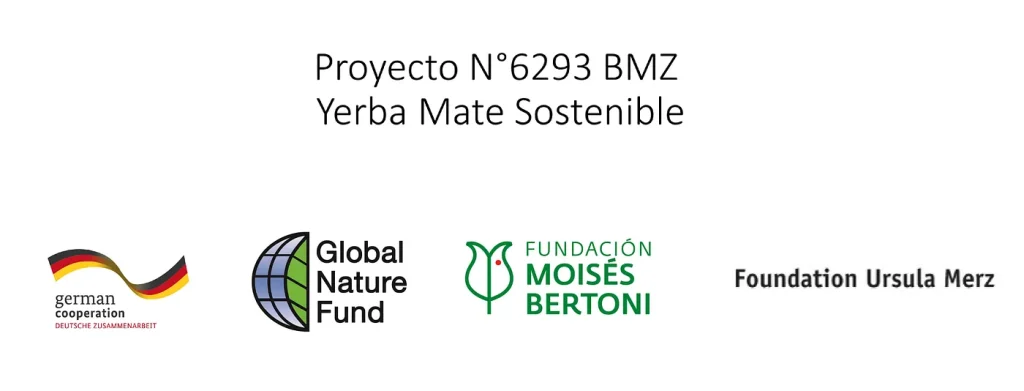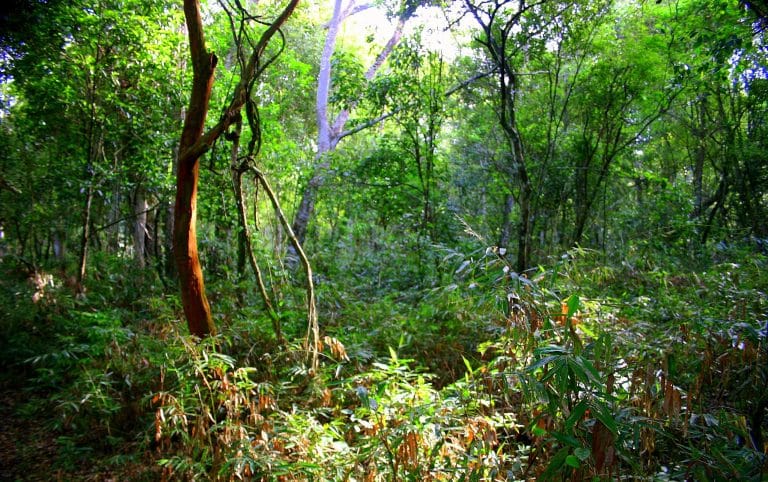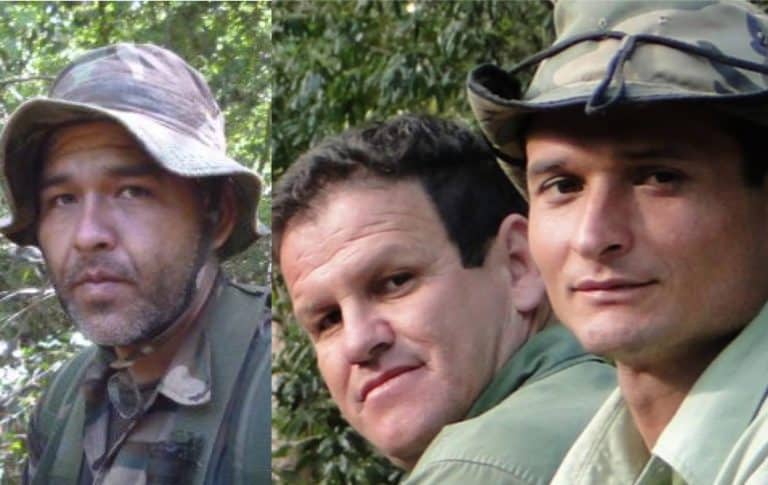Yerba mate and sustainability: a comprehensive approach to conservation and boosting the local economy
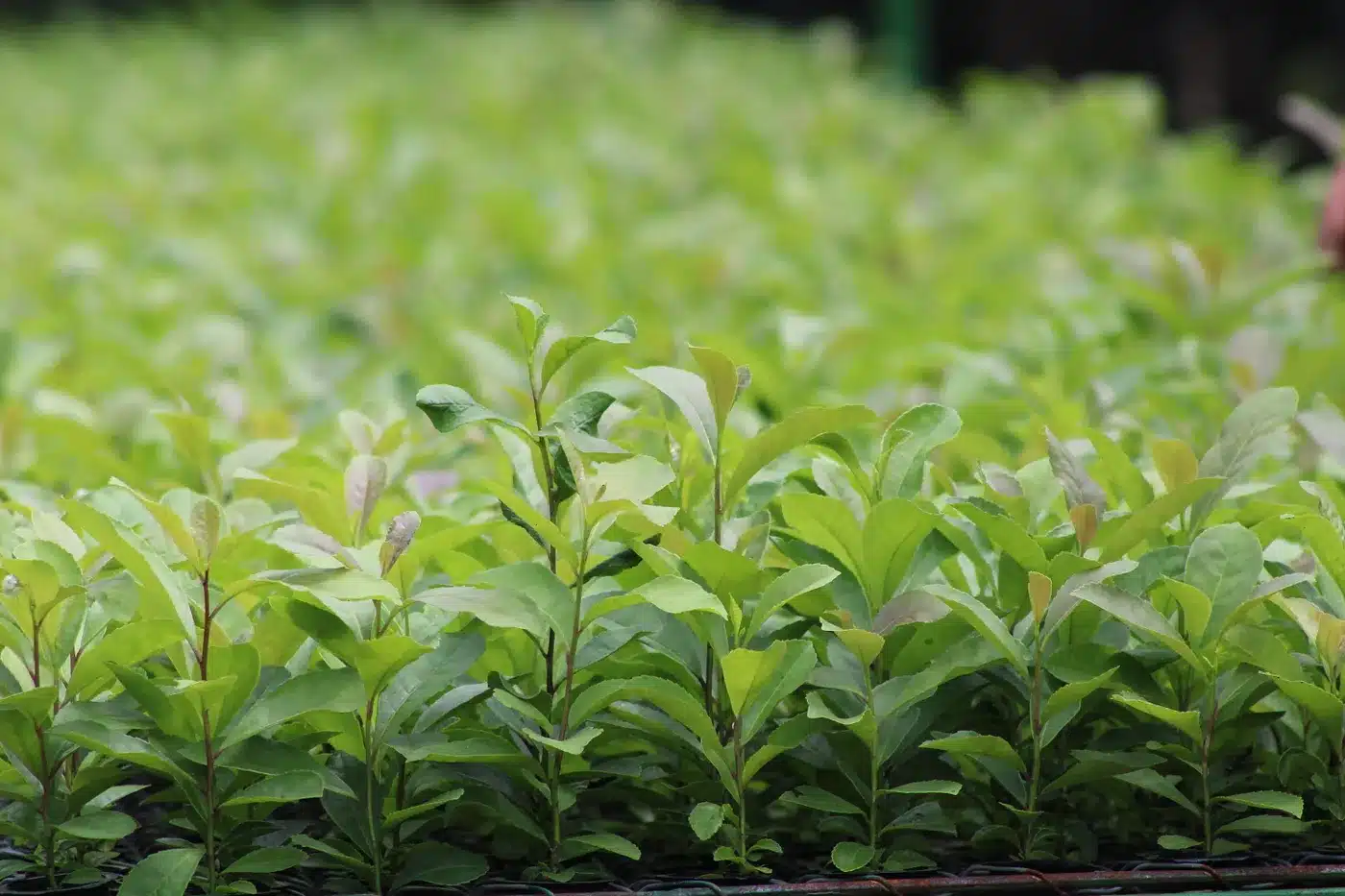
With a multidisciplinary work approach, which aims to conserve forest remnants by incorporating the cultivation of yerba mate under the bush as a model of forest enrichment, Project No. 6293 BMZ Sustainable Yerba Mate brings the families of small producers the opportunity to generate important financial income.
The producers participating in the project were strategically identified by their location in corridors of biological connectivity between remnants. The conservation of native forest on their farms, necessary to produce the aforementioned variety of grass, can avoid the island effect and the loss of biodiversity in the area of influence of the Mbaracayú Forest Natural Reserve (RNBM).
This is undoubtedly one of the most important aspects of the work carried out by the Moisés Bertoni Foundation (FMB) and the German organization Global Nature Fund (GNF) in the last ten years in this territory. However, there are other aspects that are necessary to guarantee the assimilation of the sustainable production model by the local community.
Scientific research, the generation of educational materials with the execution of pedagogical strategies and the development of strategies to generate added value to agricultural production, in addition to other economic alternatives such as tourism, are components integrated into the project that promote innovation and networks of collaboration to ensure the long-term sustainability of the model.
In this article, taking advantage of the technical visit by Katharina Gehrig of Global Nature Fund held in May of this year, we will take a tour of the impact of each component on the territory.
This was the tour to verify activities and their impact on the Mbaracayú Forest Biosphere Reserve
Biosphere Reserves are territories of great importance for preservation, designated by UNESCO. They have a conservation core and an area of influence much larger than the core generally.
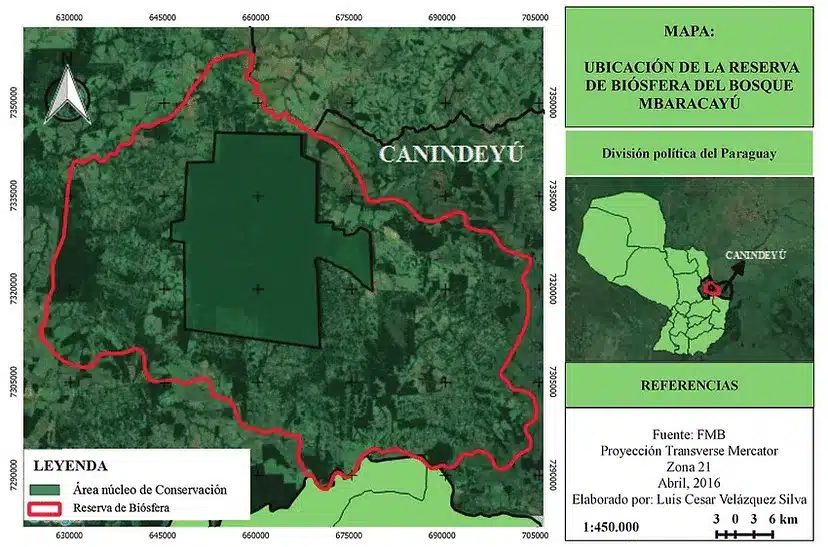
Project No. 6293 BMZ Sustainable Yerba Mate is carried out in the Mbaracayú Forest Biosphere Reserve, which covers some 322.850 hectares in the department of Canindeyú, reaching several districts, and has the RNBM as its core area.
The tour began on Tuesday, May 9, at the Mbaracayú Educational Center, the boarding school for rural and indigenous girls located in the middle of the forest. The school students are part of the project through training, talks and tasks around responsible production and sustainable tourism focused on yerba mate.
Through the project activities, implemented by the FMB's Education for Sustainable Development management, the students acquire key knowledge about the positive impact of the production and marketing process of yerba mate under forest in local communities.
This knowledge is then amplified and transmitted to other educational communities through talks and informative products with a pedagogical approach created with the knowledge factory methodology or knowledge factories. This methodology consists of “manufacturing” materials that in an innovative way contribute to raising awareness or educating about a certain topic.
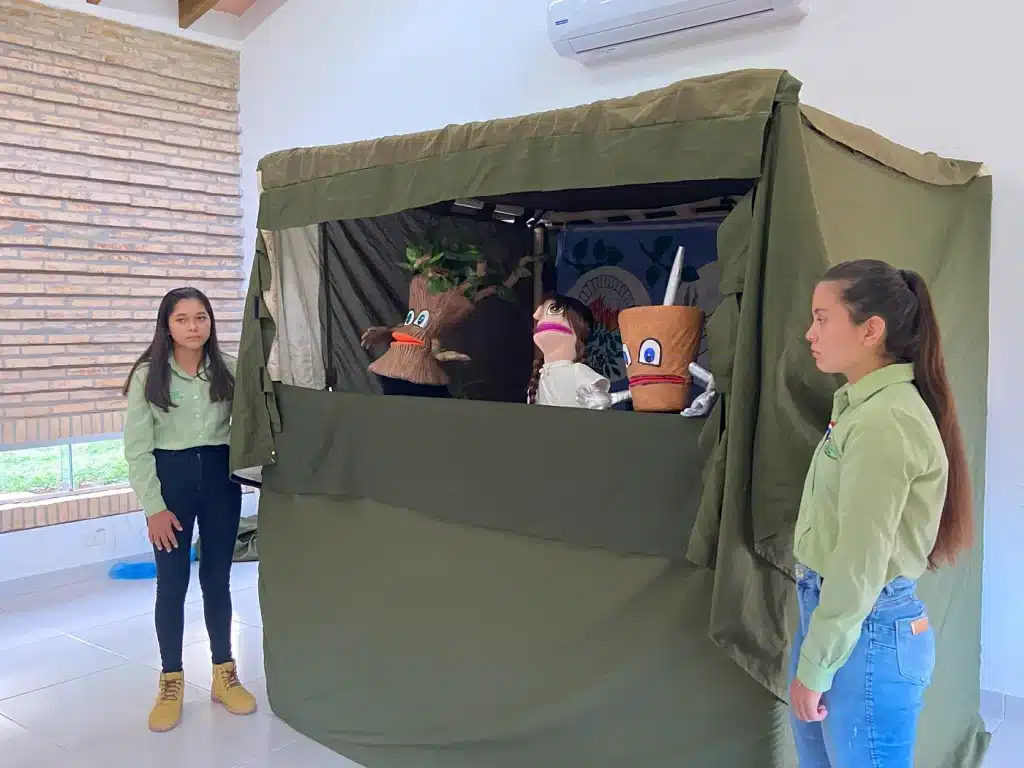
Some of the materials created by the students to educate about the importance of conservation and the value of yerba mate for sustainable development are a video podcasts, a series of illustrated stories of his own authorship and a puppet work that was presented during the tour.
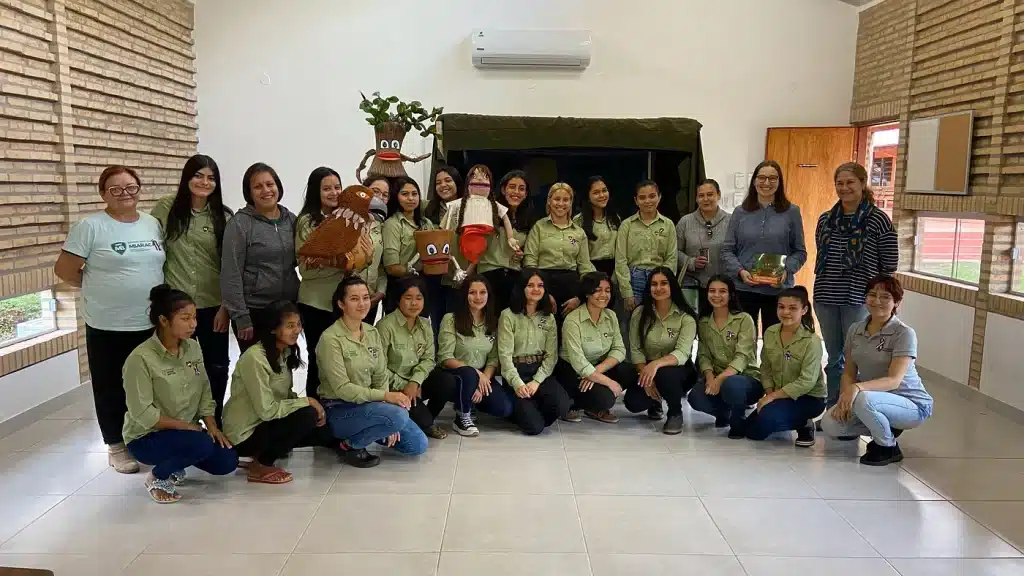
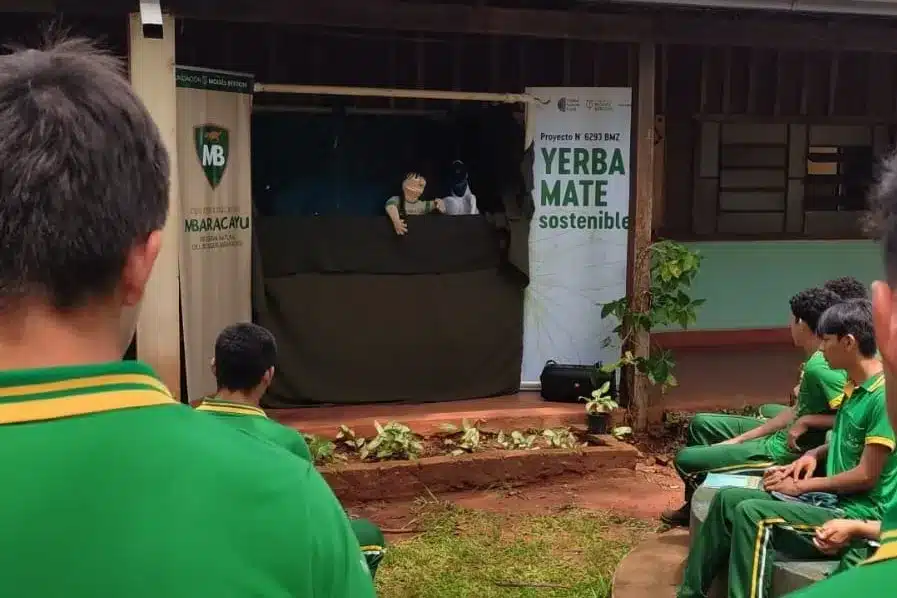
The tour continues with a visit to the biodiversity monitoring plots located in the RNBM. The scientific component, executed by the Research and Conservation management of the FMB, consists of the control of populations of butterflies and other insects as quality indicators.
Devices such as butterfly traps were installed in yerba mate cultivation plots, in Atlantic Forest blocks within the RNBM and producer farms. The foundation staff is in charge of periodically surveying the indices to subsequently analyze the contribution of the crop to the enrichment of the forest.
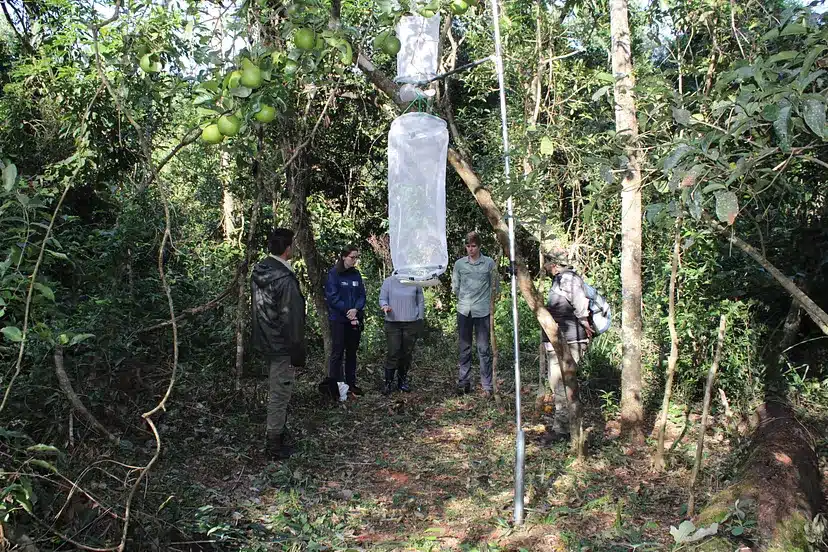
The FMB Rural Extension office in the Villa Ygatimí district was the next stop on this tour. There, the Territorial Development management technicians detailed the process of accompaniment and technical assistance to the 70 producers who benefit from this project.
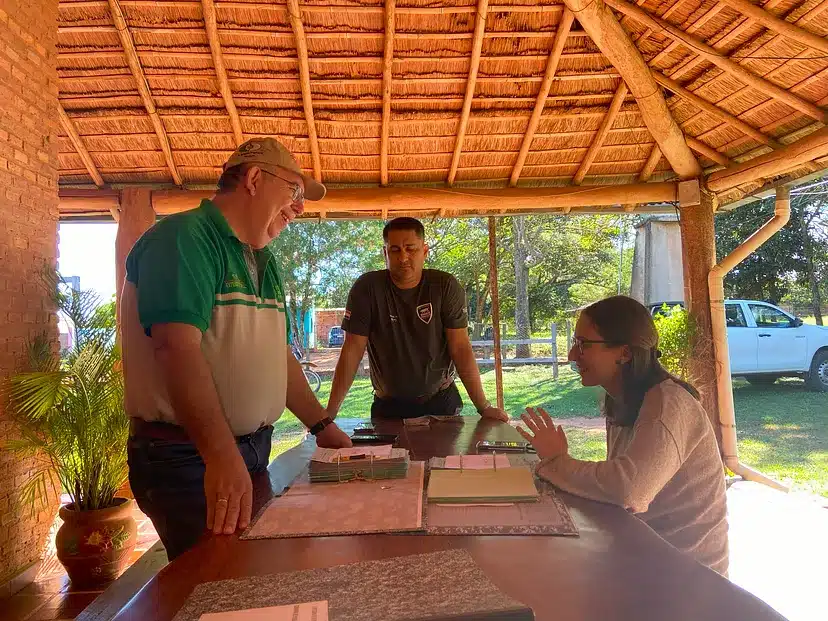
The sustained work of decades of the rural extension area in this territory is essential to guarantee the success of the project, through direct contact with the producers.
The result of this accompaniment of years and the impulse that this project provided in the last one is observed in each harvest season, from June to August of each year. As is the case of the producer Silverio Ramírez, who in the last harvest reached the volume of 4.000 kilograms of yerba mate on his 2 hectare farm.
The yerba mate processing plant, installed in the same district, buys the crops from small producers and transforms the leaves and branches into a product ready for human consumption. Here the yerba goes through sapecado, drying, grinding and grinding, and then is stored for two years before being packaged for sale to the final public.
With a production capacity of 100 tons per year, the plant can ensure a market for the placement of local production. Currently the foundation markets the product of this factory through the Mbaracayú brand.
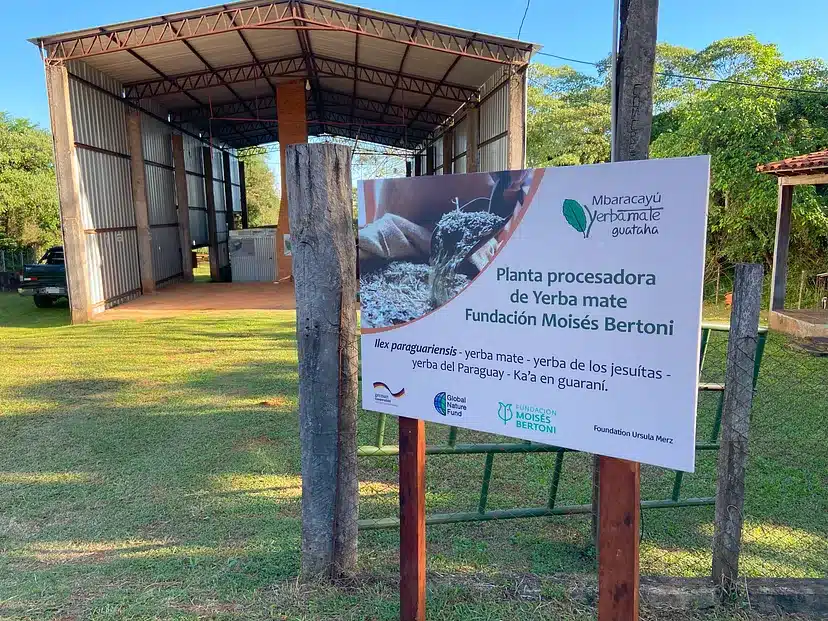
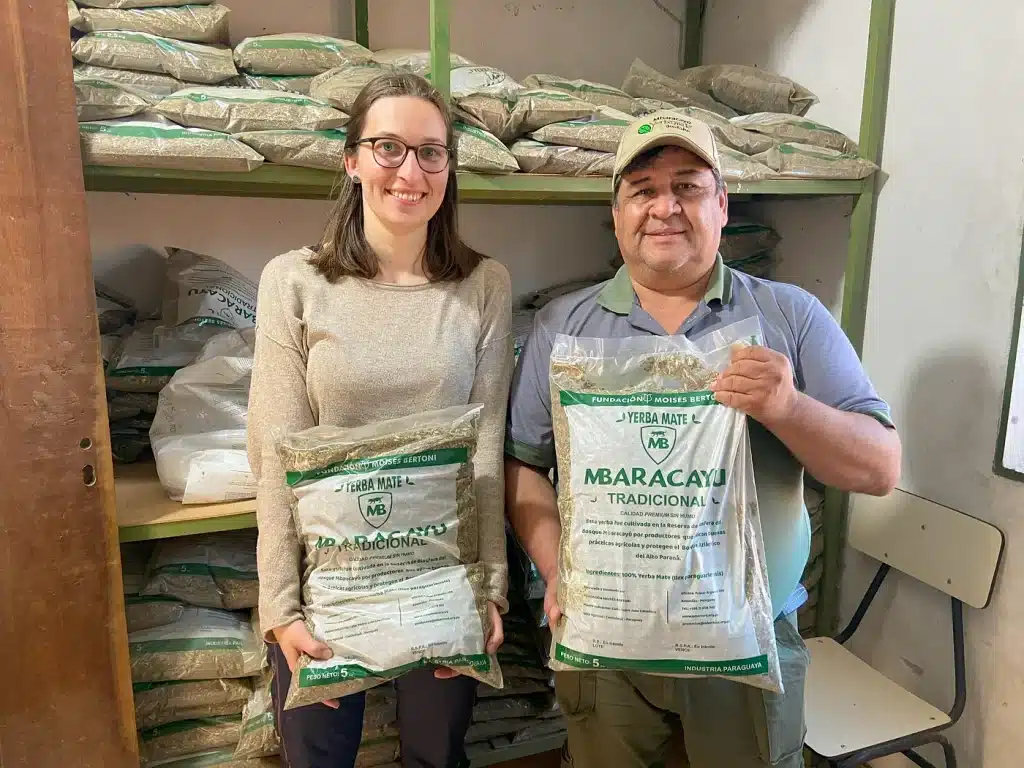
To the field work with producers, the logistics for the marketing and processing of their crops, the educational component that encourages the assimilation of the productive model in the community, this project adds a component that strongly bets on local identity and culture as a strategy to the valorization of the sector: sustainable tourism.
This is how the tourist circuit called “Mbaracayú Yerba Mate Guataha” was developed, a route that connects 5 important points for production and that explores its different dimensions: the socioeconomic dimension with the chain from cultivation to processing, the historical dimension and the cultural.
Tourists can access the circuit through the packages offered by Mbaracayú Lodge, school hotel of the Mbaracayú School. Yerba Mate Guataha aims to contribute with a significant flow of visitors, generating extra economic income for each of these points, in addition to providing tourists with an unforgettable experience.

With the visit to 4 of the points on the circuit the tour continued. One of them is the farm of producer Silverio Ramírez, who in addition to applying the undermountain model exemplarily, joined the tourist offer by installing a trail that allows tourists to delve deeper into the techniques and positive impact of the model for forest conservation. and the local economy, placing an emphasis on the traditional custom of terere jere at the end of the trail.
Other points of the circuit visited on the occasion were: the processing plant, which includes a guide through its facilities; the open-air yerba mate museum of the Agricultural Family Educational Center (CEFA), where you can explore the traditional production model in a broad way; and the Arroyo Morotĩ trail in the RNBM, which explores the historical dimension with a tour of the ancestral techniques developed by Native Americans more than 500 years ago.
The technical visit reviewed in this article manages to summarize the ambitious nature of this project, which seeks to transform the lives of families and their environment. By promoting sustainable and economic practices, it demonstrates how collaboration between organizations and communities can lead to a more prosperous and nature-friendly future in the country.
